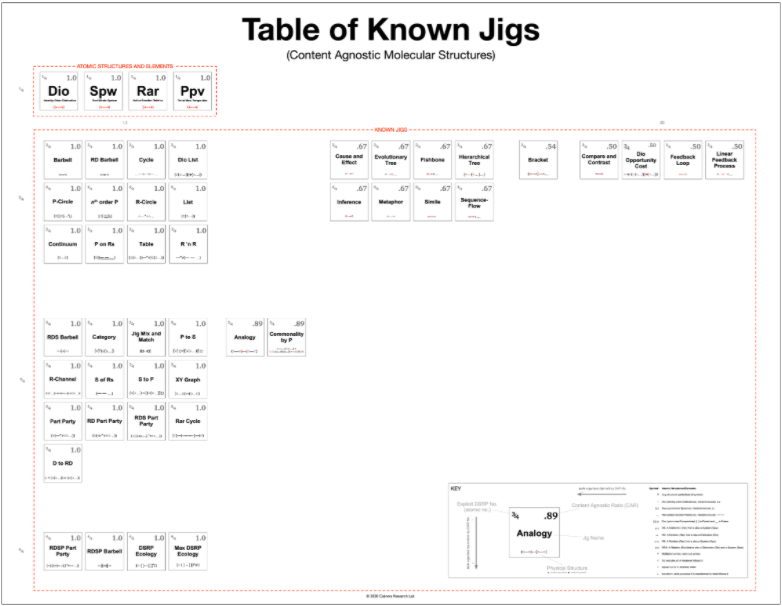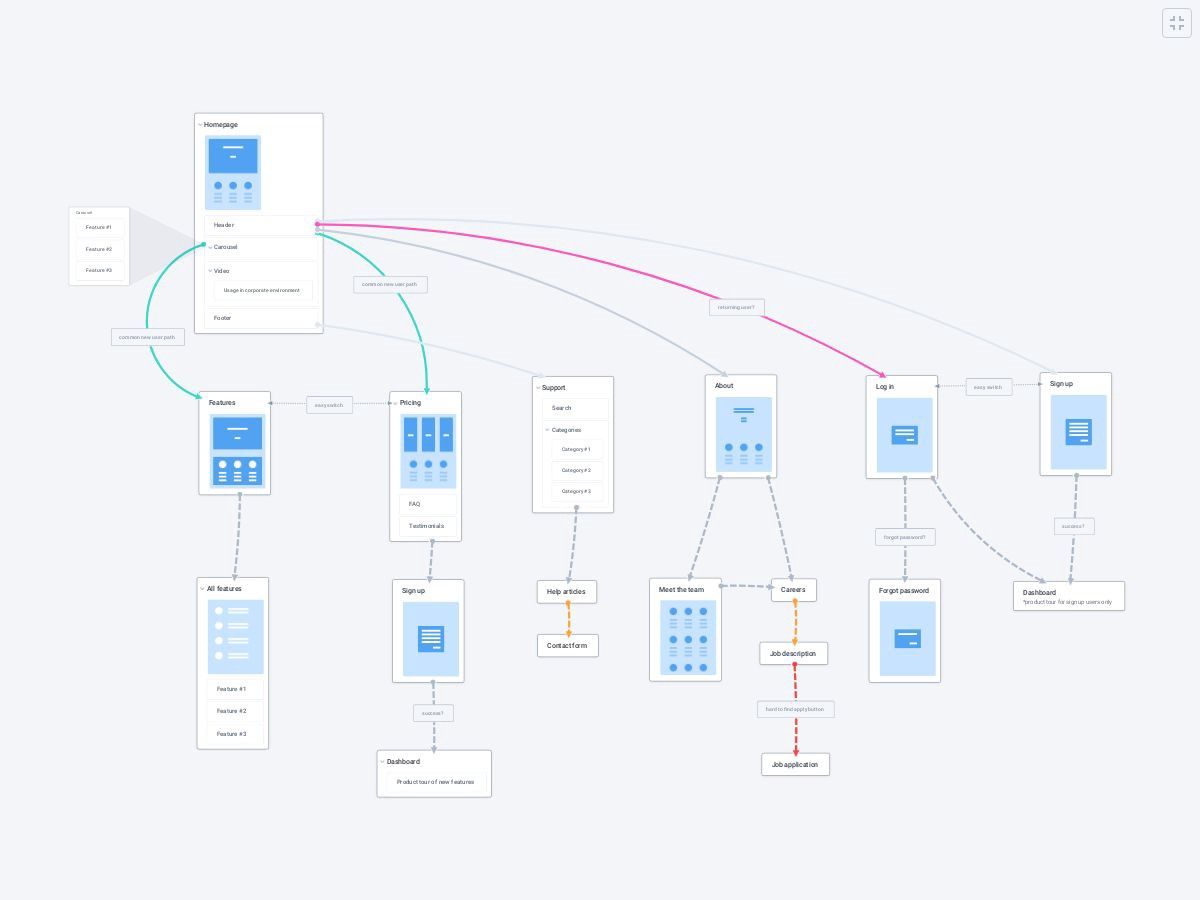Systems Mapping Using Physical Objects
 Scott Moehring
·
2 minute read
Scott Moehring
·
2 minute read
I discovered Systems Thinking and Systems Mapping less than three months ago. Well, more precisely, I discovered cabreraresearch.org. Diving deep into Derek and Laura’s insightful tools and generous resources, I realized I had known about Systems Mapping for years. I just didn’t know what it was called. Let me explain.
I always thought I used physical objects to visualize things because I have a degree in graphic design, or that I just liked teaching people. Nope. I’m just a person like anyone else, and we all can do it. Even people who don’t immediately grab physical objects to model systems have no problem understanding the systems that other people model. “Let’s say this rock is you, and this stick is that road over there…” Tell me you didn’t instantly picture that and completely understand it.
We use physical things to represent other things all the time. In the world of board games, little plastic parts can represent you, or a sheep, or a whole city. In coaching sports, some Xs and Os and arrows can represent a complex drill. A couple of lawn chairs and a towel can represent people who saved a spot on the curb for the parade.
Personally, I’ve always liked paper as my physical thinking object of choice. I often say I don’t feel dressed unless I have a pen and index cards in my pocket. I once read about a concept called “distributed cognition.” It’s a fancy term for capturing your thinking outside of your brain. For example, writing on a whiteboard captures your fleeting thoughts, lets you look at those ideas, share them with others, and frees up your brain to think up more thoughts without losing your place. I seem to always be “making my thoughts tangible” by capturing them on paper.
Years ago I was in a band with my son and two of his friends. We were working on our magnum opus, a rock opera about pirates called The Tragedy of Admiral King. But, how were we going to get a handle on this massive project? We ended up planning it by visualizing our thinking, and by making the songs tangible.
We knew we wanted the opera to have three movements to tell the musical story, so we hung up three pieces of string. We then hung sheets of paper on the string with clothespins, one sheet per song.

We wrote song notes on the sheets, and arranged and rearranged them. As we worked, we could see the whole rock opera at once. We could see where we had musical themes repeat, or where we needed a faster or slower song, or where to foreshadow a specific plot point. We could see what was finished, and what was left to do. It took us 2 ½ years to finish, and having the songs physically represented on the wall was essential to the process. How well did it work? You can have a listen here!
Can you use computers to help you think? Sure thing! However, I would suggest you also use physical objects. Believe it or not, some things are just harder to do using computers. One thing I’ve still never seen anyone do on a computer is manually move two things independently in different directions at the same time. You can easily do that with two objects. Picture trying to explain a two-car collision with a computer. Take your pick of software and hardware, touchscreen, mouse, tablet, anything you have. Then compare that to grabbing two matchbox cars and demonstrating what happened. Or, grabbing any small-ish, rectangular-ish objects within reach. You’d have it visualized and communicated in under 30 seconds.
To map your thinking with the ultimate in speed and ease, there’s really no comparison. Hands and objects win every time.
.png?width=150&height=150&name=CRL%20GOAT%20Logo%20(4).png)


